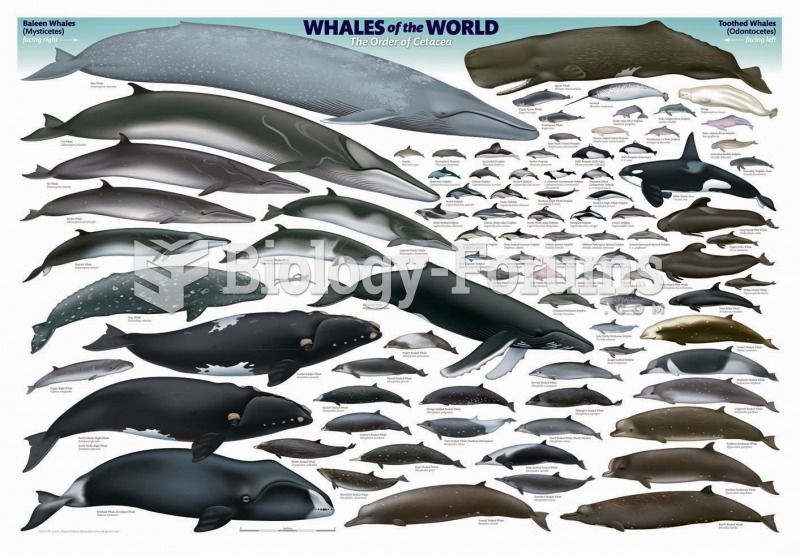Answer to Question 1
Answer: Urbanization is the process by which the population of urban settlements grows. This can be measured in two ways: the absolute numbers of people living in cities or the percentage of a population that live in cities. Developed countries have a higher percentage of urban residents, but developing countries have more of the very large urban settlements. Seven of the ten most populous cities are in developing countries.
Identifying the world's largest cities is difficult, because each country defines cities in a unique manner. According to Demographia, 171 urban areas have at least 2 million inhabitants, 105 at least 3 million, 55 at least 5 million, 22 at least 10 million, and 4 (Tokyo, Jakarta, New York, and Seoul) at least 20 million. That developing countries dominate the list of largest urban settlements is remarkable because urbanization was once associated with economic development. In 1900, after diffusion of the Industrial Revolution from Great Britain to Europe and North America, all ten of the world's largest cities were in developed countries.
Answer to Question 2
Answer: The area surrounding a service from which customers are attracted is the market area or hinterland. A market area is a good example of a nodal region - a region with a core where the characteristic is most intense. To establish the market area, a circle is drawn around the node of service on a map. The territory inside the circle is its market area. Because most people prefer to get services from the nearest location, consumers near the center of the circle obtain services from local establishments.
The closer to the periphery of the circle, the greater is the percentage of consumers who will choose to obtain services from other nodes. People on the circumference of the market-area circle are equally likely to use the service, or go elsewhere.







